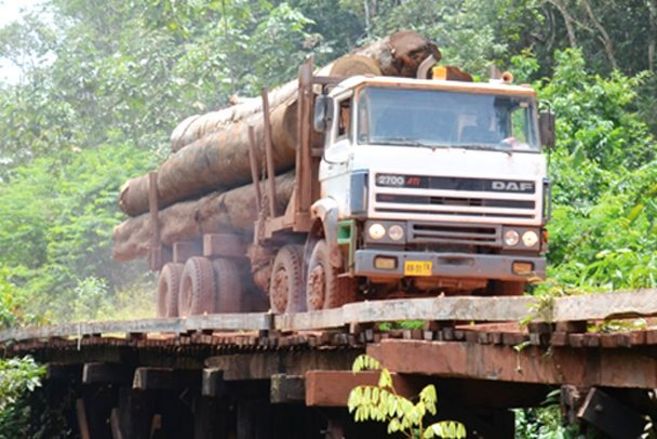Peer-Reviewed Articles
- 0
Morland C, Tandetzki J, Schier F (2025) An evaluation of gravity models and artificial neuronal networks on bilateral trade flows in wood markets. Forest Pol Econ 172:103457, DOI:10.1016/j.forpol.2025.103457
- 1
Edmonds B, Hofstede GJ, Koch J, Le Page Christophe, Lim T, Lippe M, Nöldeke B, van Delden H (2025) Chimaera Modelling - when the modellers must reconcile inconsistent elements or purposes. Socio-Environ Sys Model 6:18593, DOI:10.18174/sesmo.18593
- 2
Heimann T, Wähling L-S, Honkomp T, Delzeit R, Pirrone A, Schier F, Weimar H (2025) Expert projections on the development and application of bioenergy with carbon capture and storage technologies. Environ Res Lett 20(2):024059, DOI:10.1088/1748-9326/ada16f
- 3
Aleeje A, Ahimbisibwe V, Wellbrock N, Ehbrecht M, Günter S, Bolte A (2025) Matching of restoration strategy to soil and other environmental conditions matters for forest landscape restoration: evidence from Ethiopia. Ecotropica 27:150, DOI:10.30427/ecotrop202501
- 4
Astutik S, Ahimbisibwe V, Hintz KS, Purwanto P, Humaedi MA (2025) Medicinal plant production system management in rural Java, Indonesia: Views of local actors from a participatory rural appraisal approach. Forest and Society 9(1):20-47, DOI:10.24259/fs.v9i1.31352
- 5
Aleeje A, Ehbrecht M, Ahimbisibwe V, Höhl M, Günter S, Stanturf JA, Bolte A (2025) Mixed active and passive forest restoration facilitates plant diversity recovery in southern Ethiopia. Restoration Ecol 33(1):e14301, DOI:10.1111/rec.14301
- 6
Holler S, Hall KR, Rayfield B, Zapata-Ríos G, Kübler D, Conrad O, Schmitz O, Bonannella C, Hengl T, Böhner J, Günter S, Lippe M (2025) Ubi es, room to roam? Extension of the LPB-RAP model capabilities for potential habitat analysis. Ecol Model 501:111005, DOI:10.1016/j.ecolmodel.2024.111005
- 7
Bösch M (2025) What explains the uneven uptake of forest certification at the global level? New evidence from a panel-data analysis. World Dev 188:106890, DOI:10.1016/j.worlddev.2024.106890
- 8
Kübler D, Günter S (2024) 6 Forest restoration for climate change mitigation and adaptation. In: Katila P, Colfer CJP, De Jong W, Galloway G, Pacheco P, Winkel G (eds) Restoring forests and trees for sustainable development: Policies, practices, impacts, and ways forward. New York: Oxford University Press, pp 135-159, DOI:10.1093/9780197683958.003.0006
- 9
Tandetzki J, Köthke M, Schier F, Weimar H (2024) A systematic review of forest area development drivers estimated under the concepts of environmental Kuznets curve and forest transition hypothesis. Environ Res Lett 19(4):043001, DOI:10.1088/1748-9326/ad2e70







